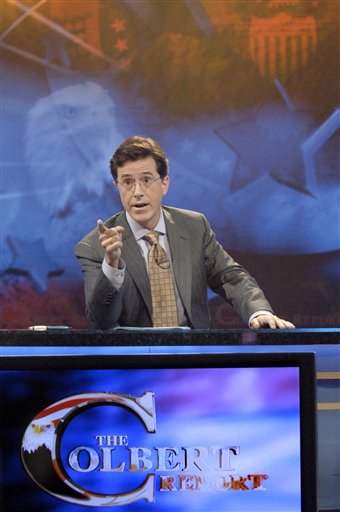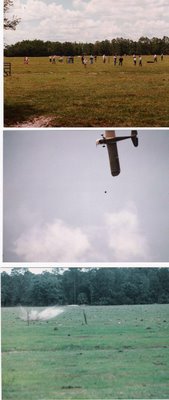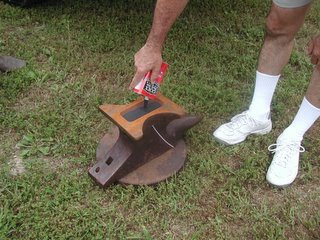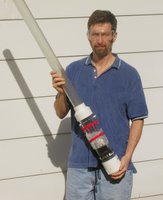(Dear Readers: Free Book (Adventures from the Technology Underground) Giveaway Contest Starts on Friday!) see Jan 9th post for details Me and Caz Build a FlamethrowerNote: What follows are NOT directions on how to build a flamethrower. There isn’t nearly enough information here to guide a person to build one safely or reliably.
Me and Caz Build a FlamethrowerNote: What follows are NOT directions on how to build a flamethrower. There isn’t nearly enough information here to guide a person to build one safely or reliably.
It’s only a general reflection on the art and science of building things. Unless you've got a death wish, don't even attempt to build a flamethrower.
“The dragon spouted fire, burned bright houses-- the glow of fire stood out, a horror to the people. That terrible sky-flier wished to leave nothing alive ” --Beowulf
In order to get going, I decided to start with what I already knew a little about, namely, building robots. I knew many of the best known and most creative people involved in this activity, so I planned to design and build a new robot, take it to a warrior robot tournament, and to see where that would lead. The idea was to make one that sported a big, powerful, and extravagant flamethrower, one that belches great gouts of cherry red flame, just like
Beowulf’s dragon.
I decided to name this hunk of construction “Fafnir”, after the firebreather of Norse mythology, foe of Seigfried and progenitor of the dragons in “Lord of the Rings”.
I made Fafnir in the garage. Caz S. helped me, or rather, I helped him, and it was intended to be an attachment for one of my warrior robots. It was the thing that was to set it apart, engage the crowd, scare the other competitors.
Caz is a big thinker, a young engineer from Massachusetts and a guy with big ideas. He talked me into building something that wasn’t just some half assed lighter fluid squirter, but a real mean and a big honker, one that could shoot a cloud of pressurized and ignited gas halfway across the arena. We designed one that fired a hurricane of super hot air with a loud, throaty whoosh. The flame, if all went as we imagined it would, would leap in a great swirling vortex from the flameholder at an angle about 60 degrees to horizontal in a spreading cone of incandescent orange/red light.
The Physics of a Propane FlamethrowerAn LP gas tank isn’t pressurized per se, like an air tank. You don’t need to plug in an air compressor and pump up the tank. Instead, the propane is pushed out of the tube at its vapor pressure, which is the pressure exerted by the vapor itself, just sitting in the tank just above the liquefied propane. This is a substantial amount of pressure. Normally, a regulator is placed between the tank and the grill in order to control the gas pressure down to a level where it is usable for grilling steaks.
But in Fafnir, when the LP gas in the metal tank suddenly exits through a big enough orifice in the nozzle, it leaves unfettered by any regulator or other artificial restriction, and so, it leaves under pressure linked to the thermodynamic imperative for liquid propane to expand to great volume at normal atmospheric pressure.
The warmer the liquid propane, the higher the vapor pressure is. I don’t guarantee the accuracy of this but it looks to me that at 60 degrees F, the propane shoots out at a beefy pressure of close to 100 PSI. At 90 degrees F, the gas pressures reach levels of nearly 150 PSI, nearly enough to shoot a cloud of hot ignited gas well across a tennis court sized enclosure.
A tank of LP gas with a control valve but no regulator is a dangerous little piece of work, and under no circumstances should anyone without a death wish experiment with one. Caz said we should name it “the Fireball in a Can.” Perhaps “The Accident Waiting to Happen” may be more appropriate.
More later.




































